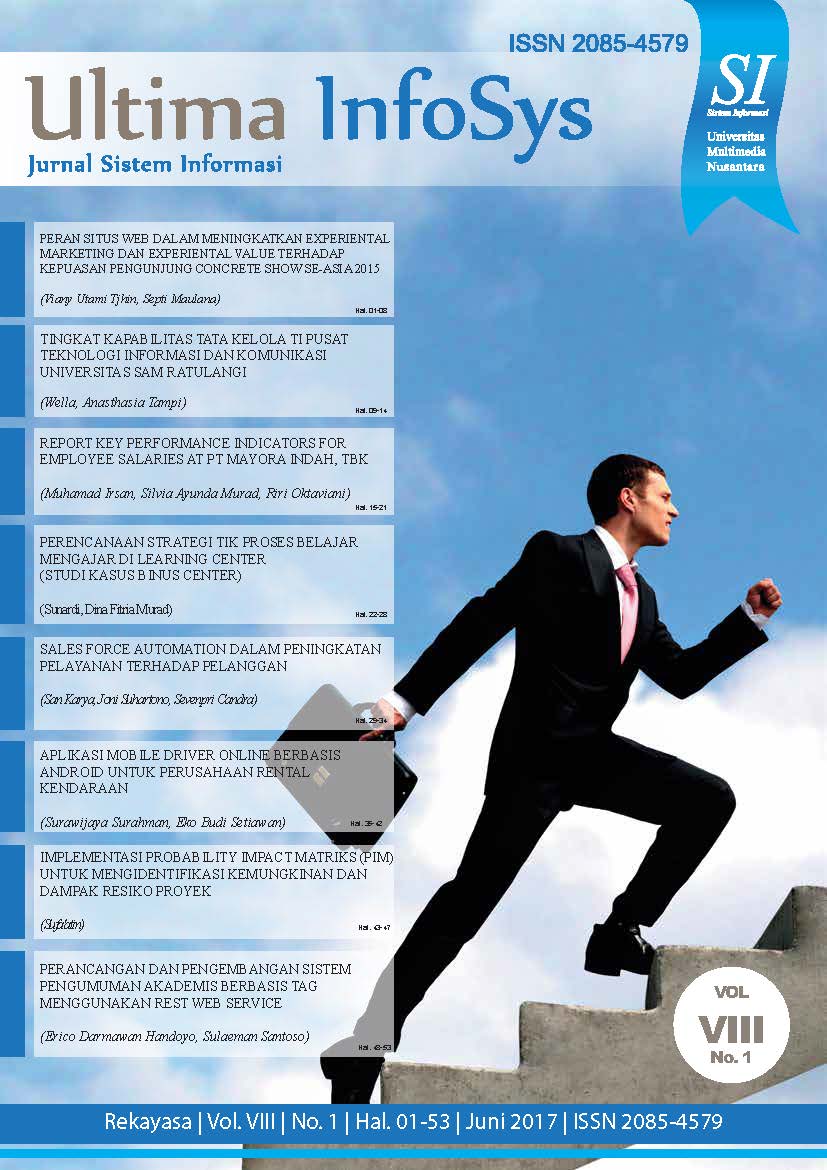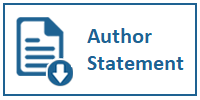Implementasi Probability Impact Matriks (PIM) Untuk Mengidentifikasi Kemungkinan dan Dampak Risiko Proyek
DOI:
https://doi.org/10.31937/si.v8i1.555Abstract
One of the obstacles in project construction is that the project is experiencing delays. The delay is influenced by several factors including the absence of risk recording, the unavoidability of the opportunities and the impact of risks that arise in the project and its handling, and the neglected risks that may disrupt the project. Project risk is the cumulative effect of an uncertain event opportunity, which affects the project objectives. Several methods can be used to handle the occurrence of project risk, one of the methods used to perform a risk assessment is the Probability Impact Matrix (PIM). PIM is a method that can be used to analyze risk qualitatively based on probability and its impact. By using the PIM method, some of the opportunities and impacts of risks that may arise in the project can be identified. In addition, the PIM method can minimize the risks that arise in the project and quickly resolve the risks.
Index Terms” Project, Risk, PIM, Possibility, Impact
Downloads
Downloads
Published
How to Cite
Issue
Section
License
Authors retain copyright and grant the journal right of first publication with the work simultaneously licensed under a Creative Commons Attribution-ShareAlike International License (CC-BY-SA 4.0) that allows others to share the work with an acknowledgement of the work's authorship and initial publication in this journal.
Authors are able to enter into separate, additional contractual arrangements for the non-exclusive distribution of the journal's published version of the work (e.g., post it to an institutional repository or publish it in a book), with an acknowledgement of its initial publication in this journal.
Copyright without Restrictions
The journal allows the author(s) to hold the copyright without restrictions and will retain publishing rights without restrictions.
The submitted papers are assumed to contain no proprietary material unprotected by patent or patent application; responsibility for technical content and for protection of proprietary material rests solely with the author(s) and their organizations and is not the responsibility of the ULTIMA InfoSys or its Editorial Staff. The main (first/corresponding) author is responsible for ensuring that the article has been seen and approved by all the other authors. It is the responsibility of the author to obtain all necessary copyright release permissions for the use of any copyrighted materials in the manuscript prior to the submission.















